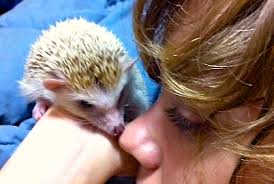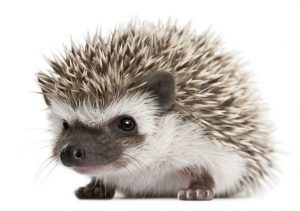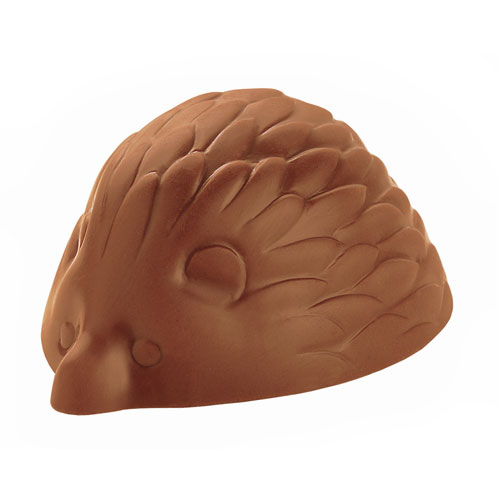Hepatitis A virus – like HIV or Ebola as well – is likely of animal origin, according to a new large-scale study with nearly 16,000 specimens from small mammals from various continents.
 Hepatitis A virus, which is found worldwide, has previously been considered to be a purely human pathogen which at most is found in isolated cases in non-human primates.
Hepatitis A virus, which is found worldwide, has previously been considered to be a purely human pathogen which at most is found in isolated cases in non-human primates.
An infection with the hepatitis A virus can trigger acute inflammation of the liver which generally does not cause any symptoms in children and resolves without major complications.
“In tropical regions, nearly all young children are infected with the hepatitis A virus and from that time on, they are immune to this disease,” said Jan Felix Drexler from the Institute of Virology at the University of Bonn Medical Centre and the German Centre for Infection Research (DZIF).
By contrast, if adults become infected with the hepatitis A virus, the symptoms can be more serious, and the disease can even have a fatal outcome.
The virus has been found to date only in humans and a few non-human primates. Its origins were unknown.
Virologists from the University of Bonn Hospital, together with their colleagues, searched for viruses related to the hepatitis A virus.
They studied a total of 15,987 specimens from 209 different species of small mammals – from rodents to shrews and bats to hedgehogs.
Viruses from these mammals are very similar to the human hepatitis A virus with regard to their genetic properties, protein structures, immune response and patterns of infection.
“The seemingly purely human virus is thus most likely of animal origin,” said Drexler.
The findings may even hint at distant ancestry of the hepatitis A virus in primordial insect viruses.
“It is possible that insect viruses infected insect-eating small mammals millions of years ago and that these viruses then developed into the precursors of the hepatitis A virus,” Drexler said.
The researchers assume that small mammals were important hosts for the preservation and evolution of the viruses.
“Otherwise the hepatitis A virus would actually have gone extinct long ago in small human populations due to the lifelong immunity of the persons once infected with it,” Drexler said.
“However, patients need not fear that they could contract a hepatitis A virus infection through bats or hedgehogs,” he said.
“It has likely been a very long time since humans first contracted the hepatitis A precursor virus from animals – moreover, such incidents are very rare,” he added.
The study was published in the journal Proceedings of the National Academy of Sciences.
 Twenty-seven people infected with the outbreak strain of Salmonella Typhimurium have been reported from 17 states.
Twenty-seven people infected with the outbreak strain of Salmonella Typhimurium have been reported from 17 states.




 Jif peanut butter announced Tuesday that Alexandra Miller’s sandwich created in the image of a hedgehog received enough votes in an online competition last month to earn her one of five finalist spots in the Jif Most Creative Peanut Butter Sandwich Contest (the
Jif peanut butter announced Tuesday that Alexandra Miller’s sandwich created in the image of a hedgehog received enough votes in an online competition last month to earn her one of five finalist spots in the Jif Most Creative Peanut Butter Sandwich Contest (the .jpg) Besides evidence that they can carry dangerous and sometimes potentially deadly germs, exotic pets may be more prone than cats and dogs to bite, scratch or claw — putting children younger than 5 particularly at risk, the report says.
Besides evidence that they can carry dangerous and sometimes potentially deadly germs, exotic pets may be more prone than cats and dogs to bite, scratch or claw — putting children younger than 5 particularly at risk, the report says. Police Senior Sgt. Bruce Jenkins said Monday,
Police Senior Sgt. Bruce Jenkins said Monday,